Paul Jones / Android Authority
TL;DR
- Google and Apple are adopting the ISO 21496-1 standard for gain map metadata used in HDR photos.
- This will allow HDR photos taken from an iPhone or an Android phone to be viewed as intended on any platform.
- ISO 21496-1 support is available in Android 15, iOS 18, iPadOS 18, macOS 15, and Chromium-based web browsers on Windows.
One of the best features of last year’s Android release was support for true HDR photography. Instead of simulating an HDR-like effect by stacking photos and applying computational photography tricks, phones running Android 14 or higher are capable of capturing true HDR photos using Google’s Ultra HDR image format. While Ultra HDR was a great advancement in mobile HDR photography, it had one big problem: a lack of cross-platform compatibility. Thankfully, that’s no longer a problem, as both Google and Apple have embraced a standard that makes HDR photos appear as intended on Android and iOS.
You’re reading an Authority Insights story. Discover Authority Insights for more exclusive reports, app teardowns, leaks, and in-depth tech coverage you won’t find anywhere else.
The way that Google designed Ultra HDR was quite clever. Rather than creating an entirely new format, Google instead based Ultra HDR on the nearly universally supported JPEG format. In fact, Ultra HDR images are just JPEG files that have an extra bit of metadata slapped onto them. That metadata takes the form of a gain map that, when applied on top of the base JPEG image, turns it into a HDR photo. Devices and apps that support HDR and know how to apply the gain map will see the HDR version of the photo, whereas devices and apps that either don’t support HDR or don’t recognize the gain map will see the SDR version of the photo.
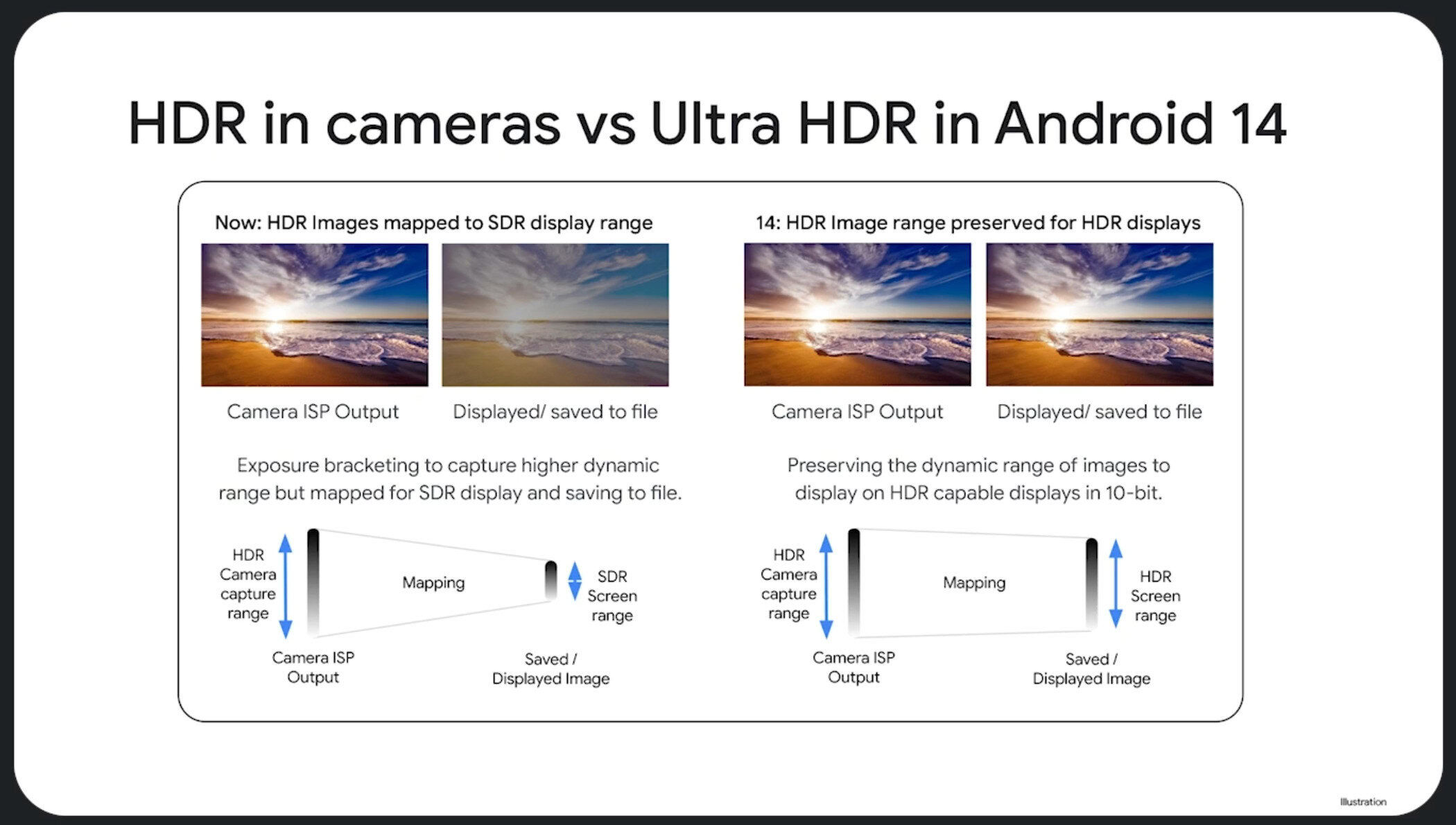
How Ultra HDR works
That’s the gist of how Ultra HDR works, but as anyone well-versed in photography will tell you, things get a lot more complicated than that. One of those complications has to do with how the gain map metadata is actually encoded in the image. As I just alluded to, it’s not enough for your device to have an HDR display in order for you to see the HDR version of an Ultra HDR image. You also need to open the image in an app that recognizes the Ultra HDR gain map metadata and subsequently applies it on top of the base SDR image. Otherwise, you’ll only see the base SDR version of the image even though your device has an HDR display.
The challenge for apps is that there are multiple ways to encode gain map metadata in an image file. Google’s Ultra HDR, which uses Adobe’s encoding scheme, is one of them, but Apple has its own version. That means that platforms like, say, Instagram would need to not only handle both schemes but also potentially convert between them if they wanted both Android and iOS devices to see any given HDR photo the same way. Fortunately, there’s a better solution to this problem, one that has already been adopted by both Google and Apple: the ISO 21496-1 standard for gain map metadata.
ISO 21496-1 standardizes how gain map metadata and its attributes are defined as well as applied. When implemented properly, the standard enables HDR photos to be captured and shared across platforms. You’re able to, for example, take a HDR photo on your Android phone and send it to your friends who have iPhones, iPads, or Macbooks, and they’d be able to see it the same way you do on your device. The same is true in reverse; your friends can take a HDR photo with their iPhone and then send it to you to view on your Android phone or other devices.
To make this all possible, though, devices need to follow the ISO 21496-1 standard when encoding gain map metadata in their images. In addition, apps need to recognize the ISO 21496-1 metadata.
Apple announced at WWDC that it was adding developer APIs for reading and writing gain maps using the ISO 21496-1 standard in macOS 15, iOS 18, and iPadOS 18. According to photographer Greg Benz, the Apple Messages app, Photos app, Preview app, and Quick Look are adding support for the ISO standard. One user on Reddit noted that their 14-inch MacBook Pro from 2022 was properly displaying the HDR version of a photo they had taken on a Pixel phone, suggesting that Apple has either already rolled out support for the ISO standard in these four apps or the company implemented support for how Adobe/Google encode gain map metadata.
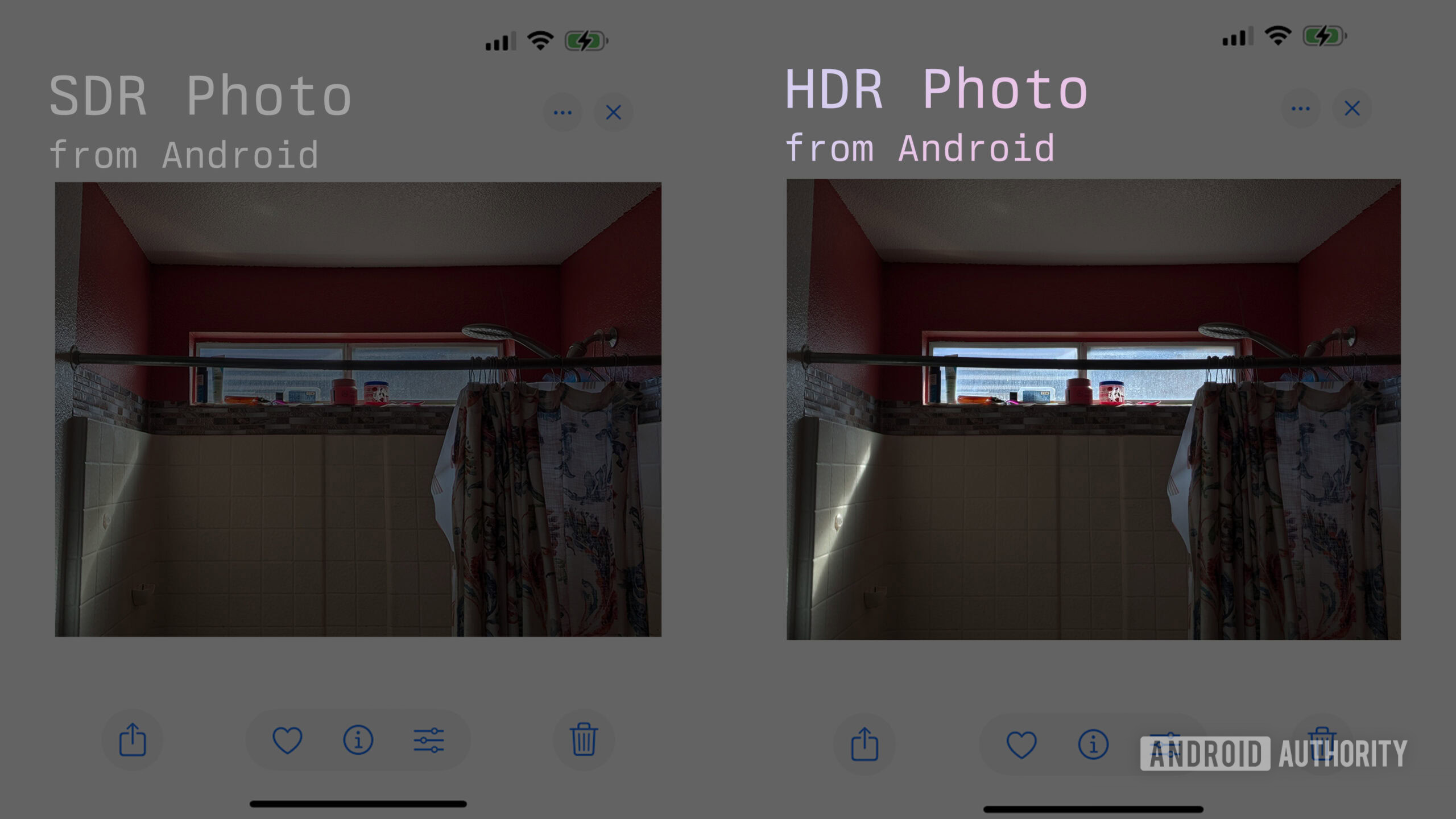
An image that demonstrates how the SDR version of an image (left) versus the HDR version of the image (right) captured from an Android phone looks on an iPhone 14 Pro Max running iOS 18.0.1. Credits: Dylan Raga.
After some testing and discussions with display analyst Dylan Raga, I’ve concluded that it’s the latter, though that doesn’t mean that Google isn’t also embracing the ISO 21496-1 standard. In fact, its Google Chrome browser already supports it, and its most recent Android 15 release supports both encoding and decoding gain map metadata using the ISO 21496-1 standard. According to Google, Android 15 by default “encodes both Ultra HDR v1 metadata and ISO 21496-1 metadata when encoding Ultra HDR JPEG files,” which means that Android 15 phones that shoot in Ultra HDR will automatically output HDR photos that other platforms can handle.
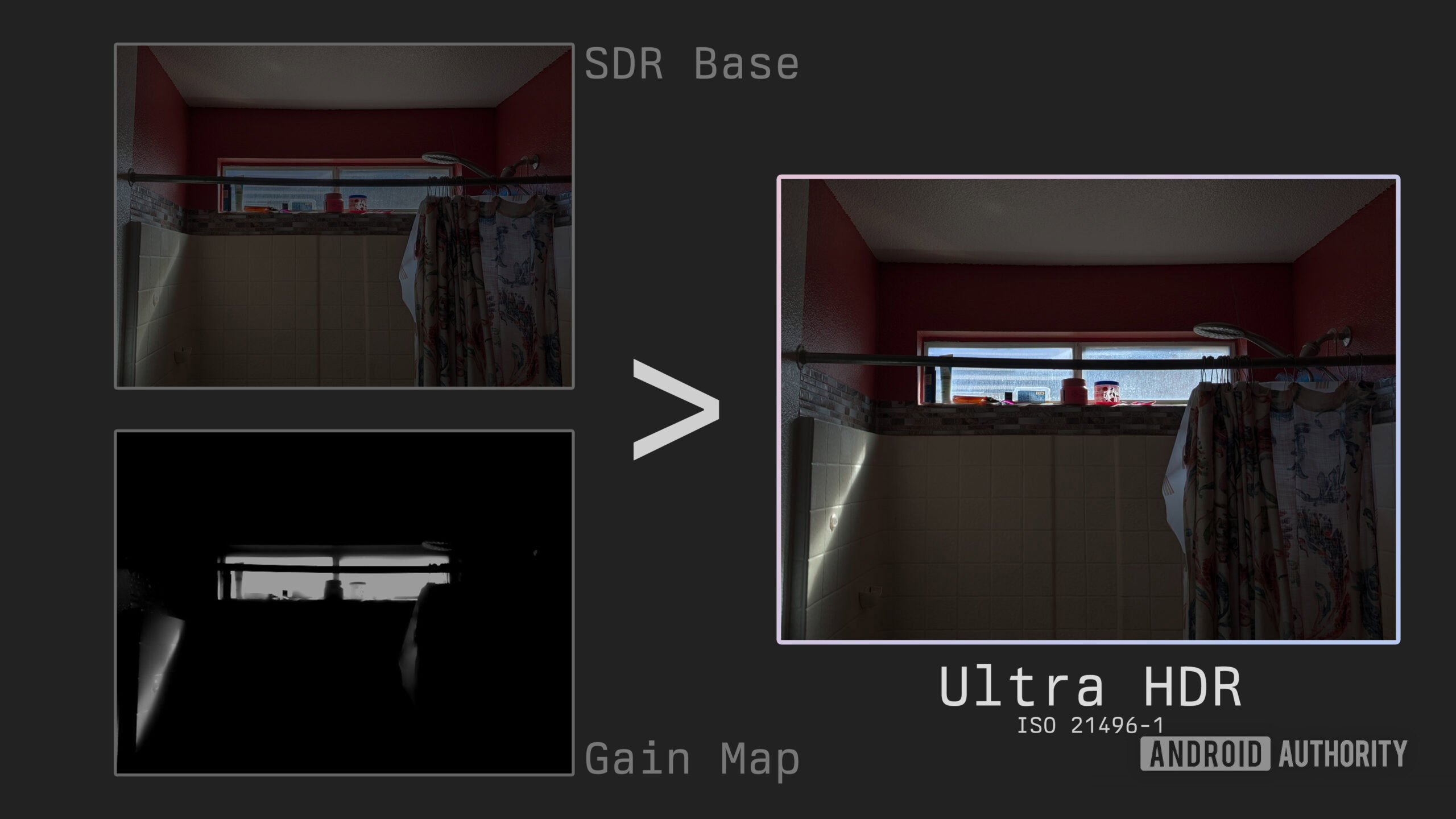
An image that demonstrates how the gain map metadata in an Ultra HDR image (bottom left) can be applied to turn the base SDR version of an image (top left) into a HDR photo (right). Credits: Dylan Raga
The Google Photos app on Android today supports HDR photos captured from an iPhone, though we don’t know if that’s because Photos already supports the ISO 21496-1 standard, let alone if iPhones even encode gain map metadata using that standard right now. Regardless, HDR photos are already cross-compatible between Android (when using Google Photos) and iOS (when using Apple Messages, Photos, or Google Photos), so introducing ISO 21496-1 support into both platforms will only serve to improve the compatibility of HDR photos with even more apps and platforms.
Got a tip? Talk to us! Email our staff at [email protected]. You can stay anonymous or get credit for the info, it's your choice.

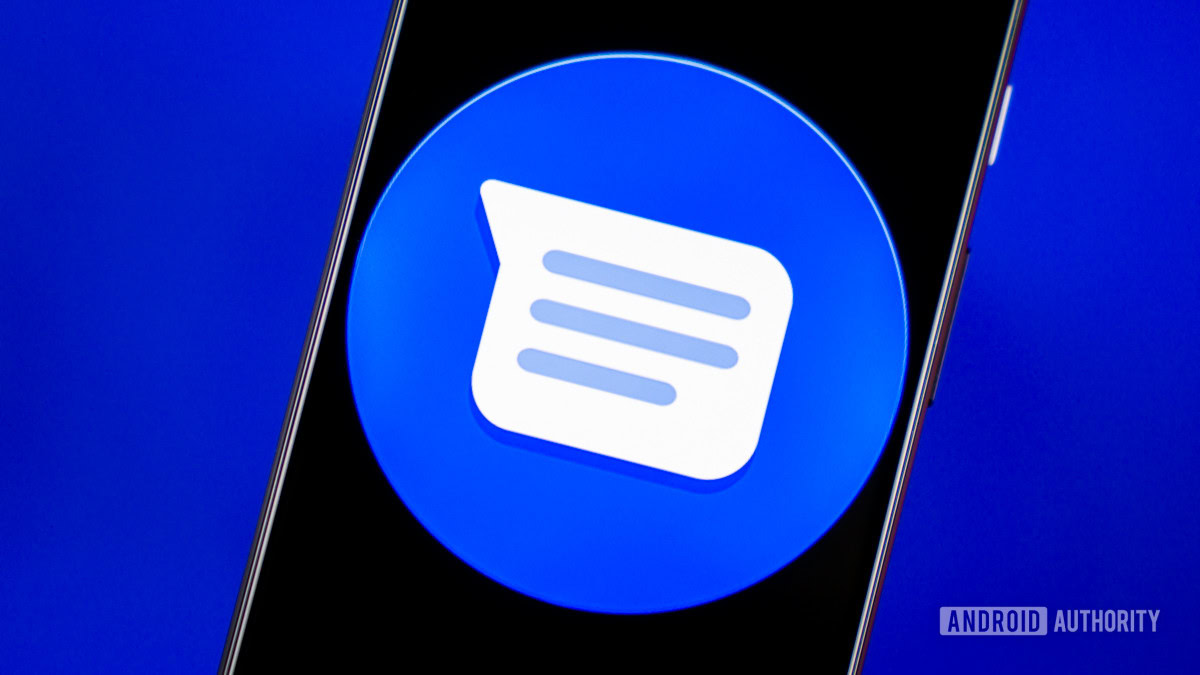
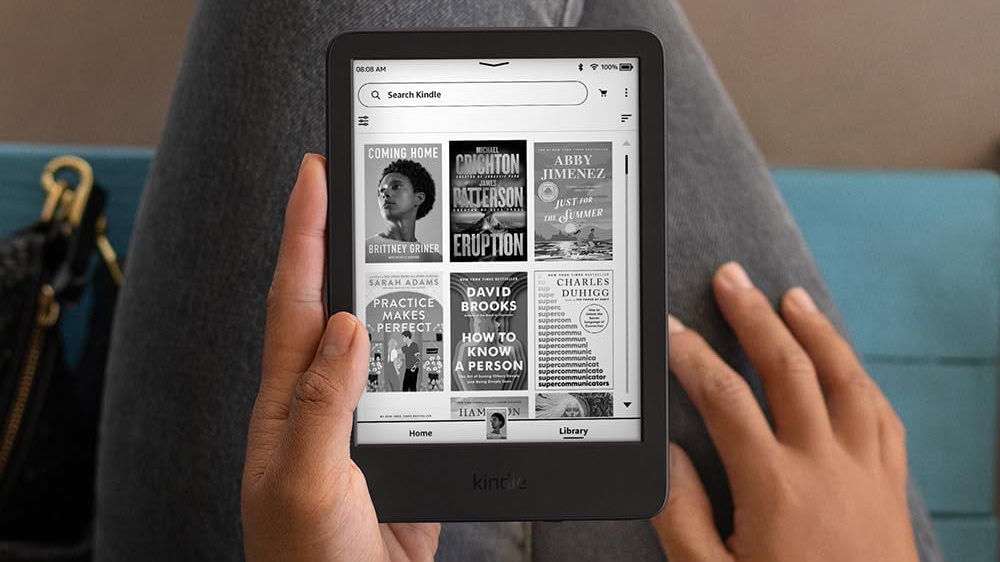
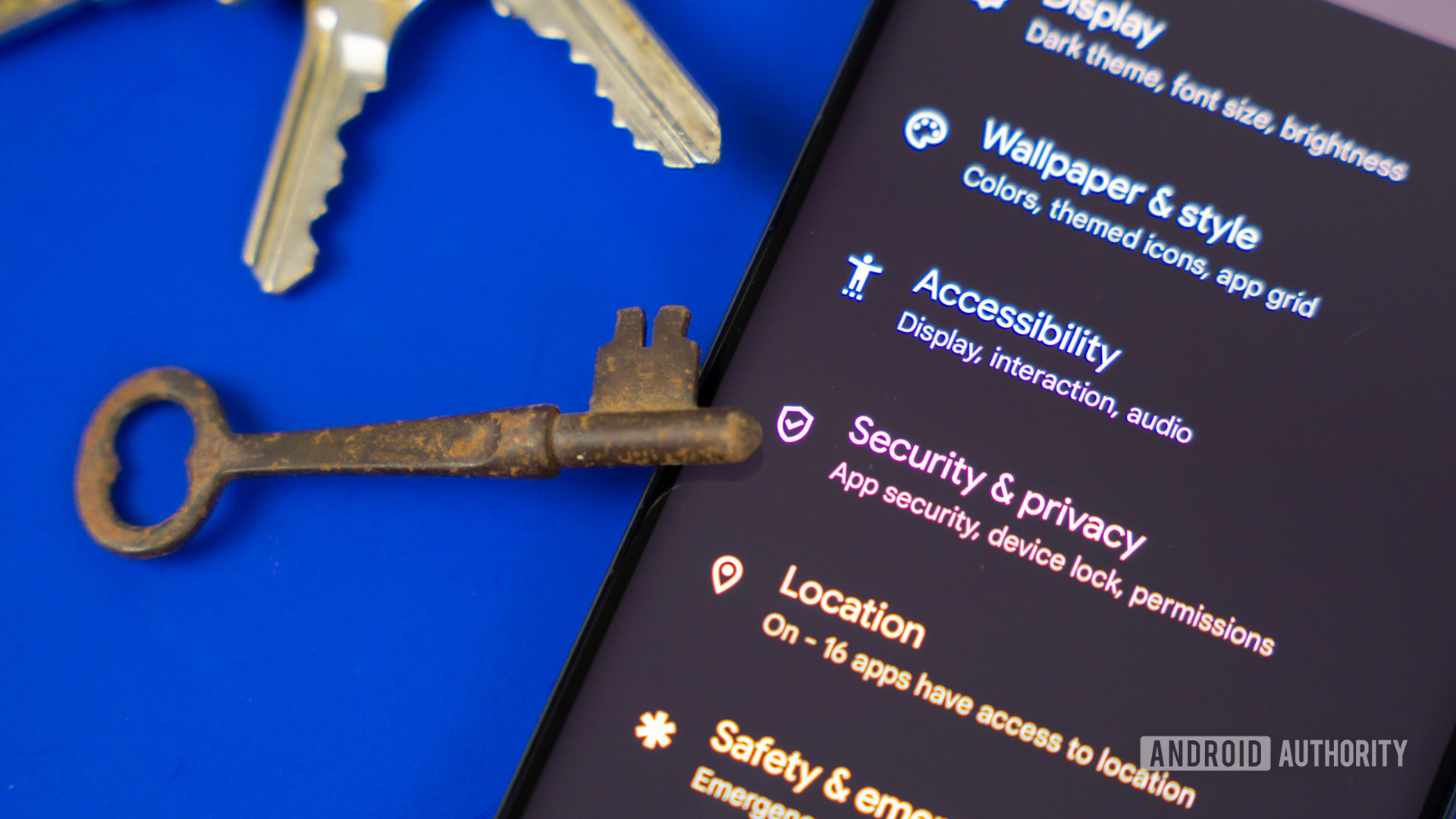




 English (US) ·
English (US) ·